Armed Forces
RPG-75 - Czech-made Anti-Tank Asset for the Polish Army?
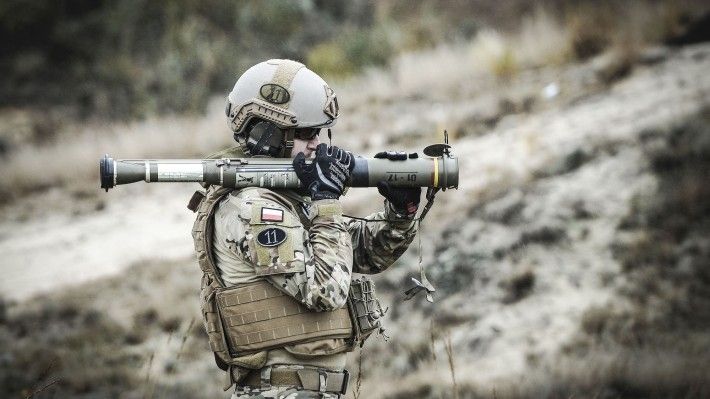
Czech-made RPG-75 is one of the proposals offered within the framework of the Polish single-use anti-tank grenade launcher procurement “Grot”. The system is available in several variants, including one utilizing shaped-charge/air-blast warhead. It has been already used by the Polish Special Operations component for some time now, since 2010. – The manufacturing concept assumes that 100% polonization would be achieved in a few years, with domestic supply chain and deep involvement of businesses located in Eastern Poland, PGZ Group companies included, Grzegorz Niedzielski, Director at ZSP Niewiadów Sp. z o.o told us.
The Armament Inspectorate of the Polish Ministry of Defence has recently initiated a technical dialogue on the acquisition of a weapon as such. It is to be introduced into use in large numbers, both by the Territorial Defence Forces, as well as by the Polish military. Considering the factors above, it is probable that the Inspectorate would intend to manufacture weapons as such in Poland. This is visible in the technical dialogue documentation that also asks questions about the costs of licensing or tooling, performance and procurement prices defined for quantities of 10, 50 and even 150 thousand launchers aside.
Works 11 is offering the RPG-75 system that could be manufactured in Poland in its entirety, should the Polish military decide to acquire the weapon in question. RPG-75 is already operated by the Polish Special Operations component that ordered the launchers from Works 11. Czech and Slovak military and at least a couple of other European nations also operate the RPG-75 system. The system has been proven in combat in the Middle East and Afghanistan. The weapon has also been tested and certified for use in the Polish military. This could potentially accelerate the introduction of the system in the inventory of the Polish Army, should it be selected within the framework of the "Grot" programme.
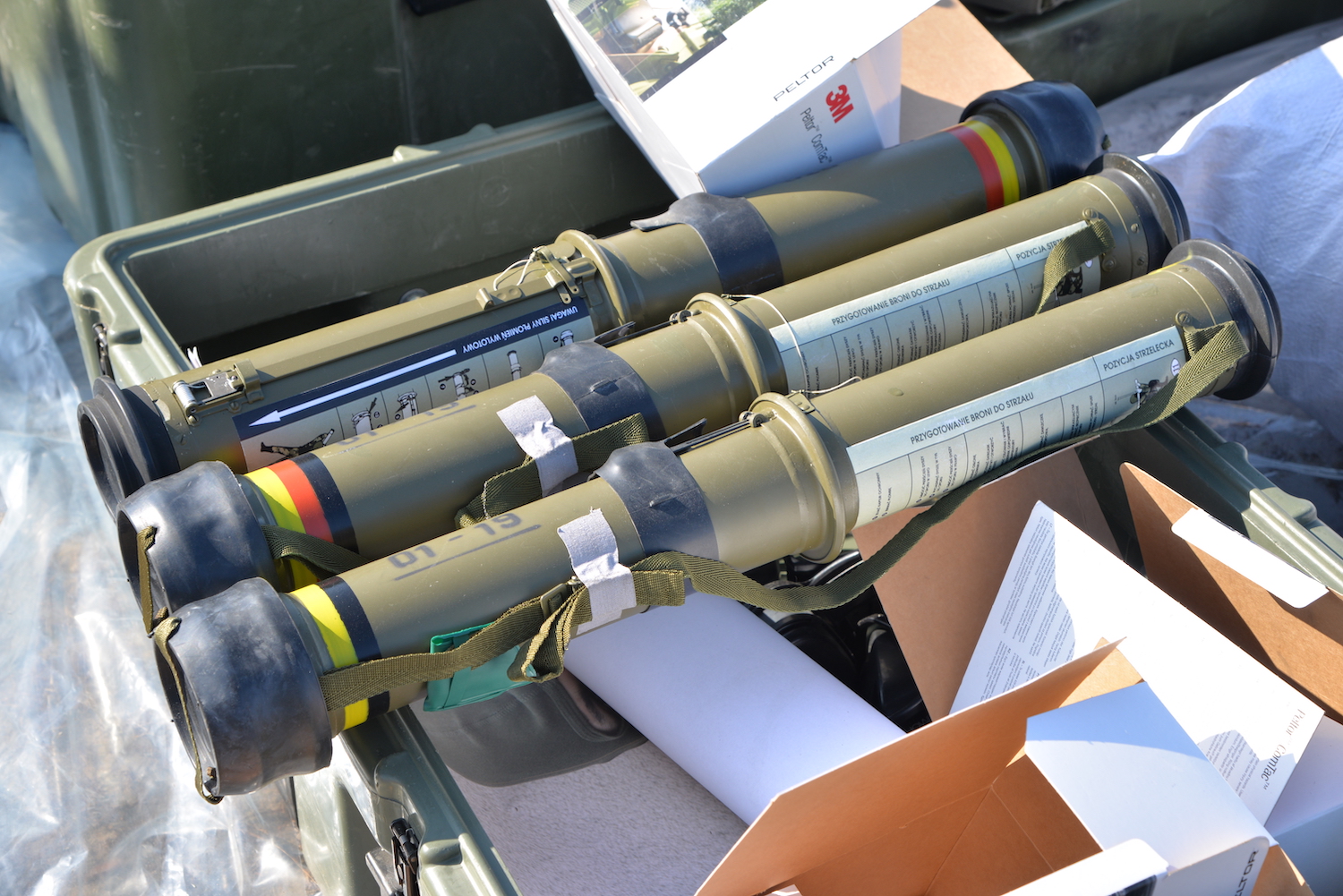
RPG-75 is a simple design that is quite cheap to manufacture. The company has also acquired a manufacturing license. Thus, no additional cost would need to be covered, if the Polish Ministry of Defence decides to launch the manufacturing of this system in Poland. The offer submitted by Works11 assumes that a technology transfer would happen, with regards to the system and the manufacturing process. Potentially, the weapon could be sold to third markets as well. It is assumed by Works 11 that RPG-75 would be manufactured at ZSP Niewiadów Sp. z o.o in cooperation with domestic businesses. This setting would also ensure full independence from the external partners. Most of the invested funds would remain circulated within the domestic economy.
RPG-75 – Czech Anti-Tank Grenade Launchers in use - Polish GROM SOF Unit
RPG-75 single-use launcher has been developed in former Czechoslovakia. Nonetheless, it has been a subject of continuous development so that it meets the requirements of the contemporary battlefield. RPG-75 is a recoilless system that utilizes a propelling charge.
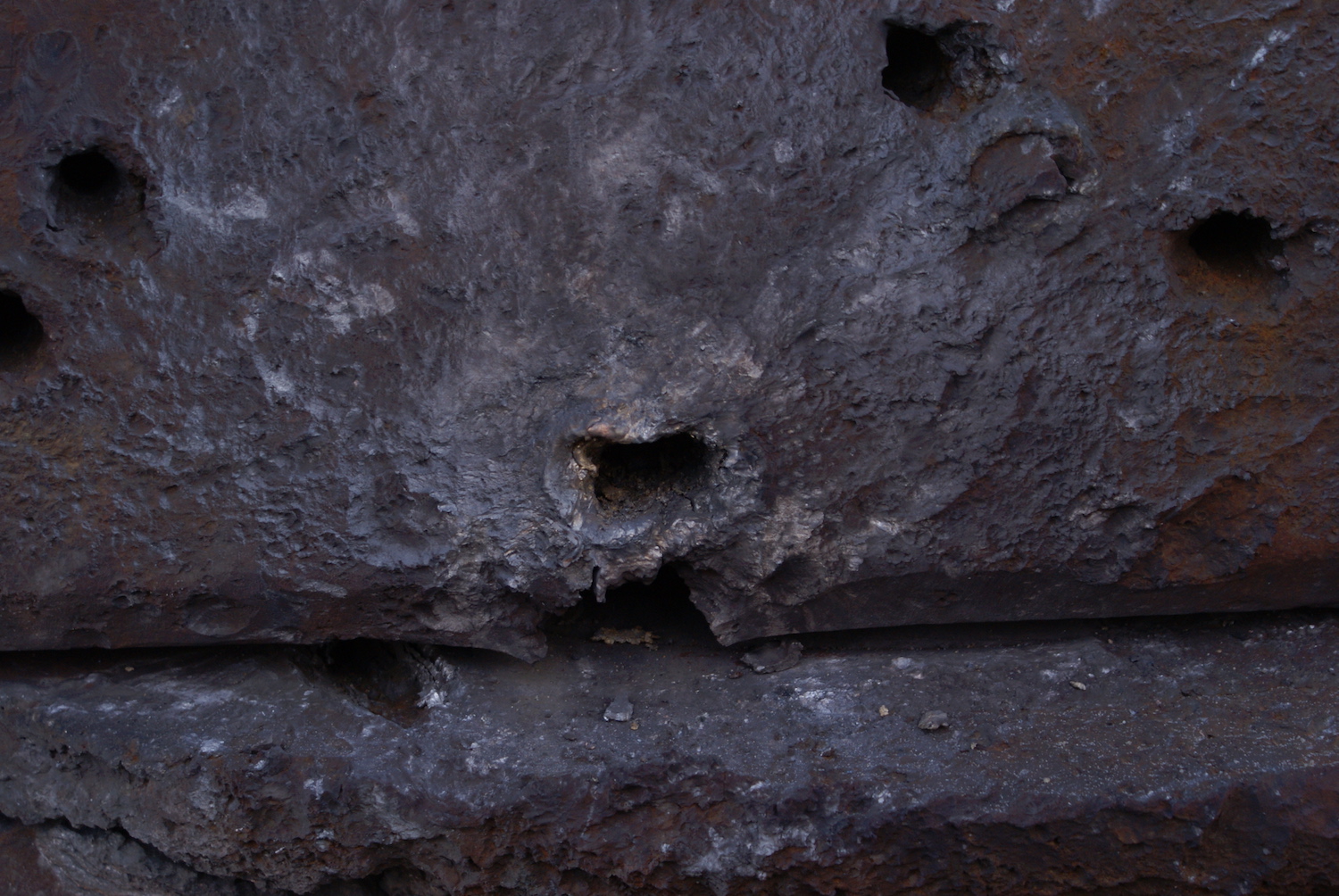
At the moment, three basic combat versions of the weapon are available. RPG-75M uses an anti-tank warhead (penetration capability of more than 300 mm). It has been designed to act against armoured and non-armoured vehicles, including IFVs, APCs, and MBTs, if used against the weaker points of the armour. RTG variant (RPG-75 TB) uses a thermobaric warhead. It can be effectively employed against fortifications, infantry and to neutralize armour (heavy MBTs included). In practical terms, the targeting systems, antennas or external weapon modules are destroyed by such a warhead, if an MBT is hit. This renders the vehicle of such class virtually unusable.
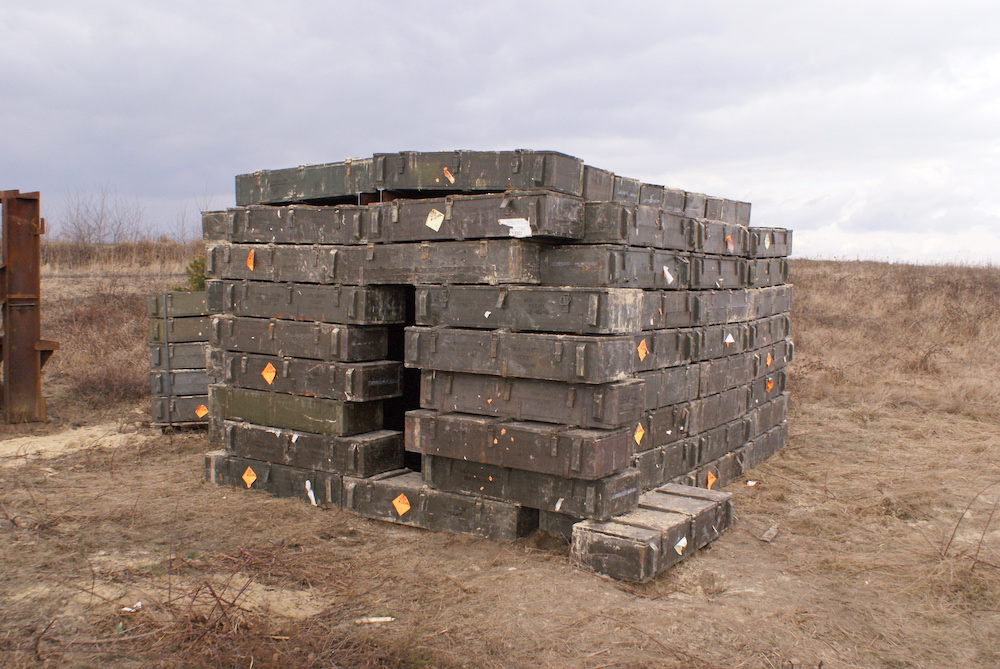
The third multi-purpose variant is the RPG-75MP version with a shaped charge/thermobaric warhead. This type of warhead makes it possible to penetrate at least 150 mm of armour also creating an air-blast effect that enables the user to effectively act against infantry, in the open and hidden. The above means that the launcher in this variant can be employed against a broad array of threats. It can also be used against APC/IFV-class vehicles, penetrating their armour. The warhead also can neutralize the heavy armour, thanks to its thermobaric effect. The air-blast (thermobaric) warheads would be especially effective when used against vehicles with open hatches.
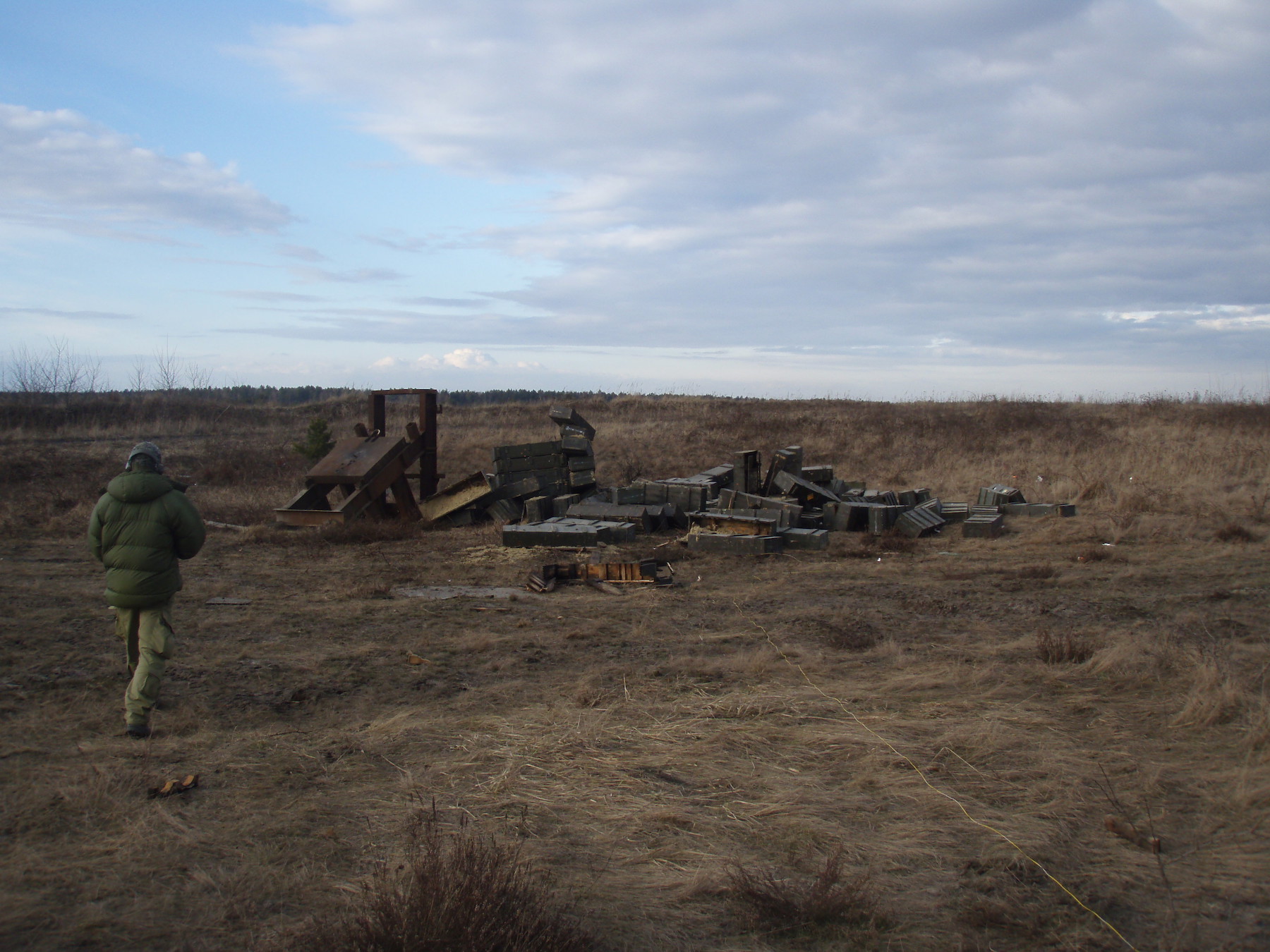
A single launcher weighs just 3.2 kilograms, it is 63 cm long in a transport setting. Ready to use, it is 89 centimeters long. The low weight and small size, as well as the ability to use air-blast warheads, have both become decisive, in the procurement of this system by the Polish GROM SOF unit back in 2010. – Considering the Iraqi and Afghan experiences we have been looking for a lighter system, lighter than the grenade launchers we had been using in the past. So that system as such could be used by squads on foot. RPG-75 procurement has been the initiative of ours and it fits our requirements well. The weapon is light, reliable and simple to use – “Naval”, former GROM operative recalls. The launchers, after the acquisition, were transferred to units deployed to Afghanistan and they have gained appraisal on the part of the users. During our combat operations, the thermobaric warheads allowed us to effectively act against the enemy - hidden and in the open. The weapon was effective enough to create a deterrent effect - our adversaries were clearly avoiding fighting the soldiers using grenade launchers with such warheads, “Naval” emphasized. The weapon is light, reliable and simple to use. It may also be launched indoors which is useful in the urbanized areas, former GROM operative added.
The weapon has been designed to maximize the safety of use (resistance to different factors, including EMP, shock, fall, and so on). Training systems are also offered, alongside the combat version of the system. The above refers to the RPG-75 TP variant (with a neutral warhead), RPG-75 CW system with barrel insert that makes it possible to train the usage procedures and shoot a simulated pistol round. The last version is a training mock-up.
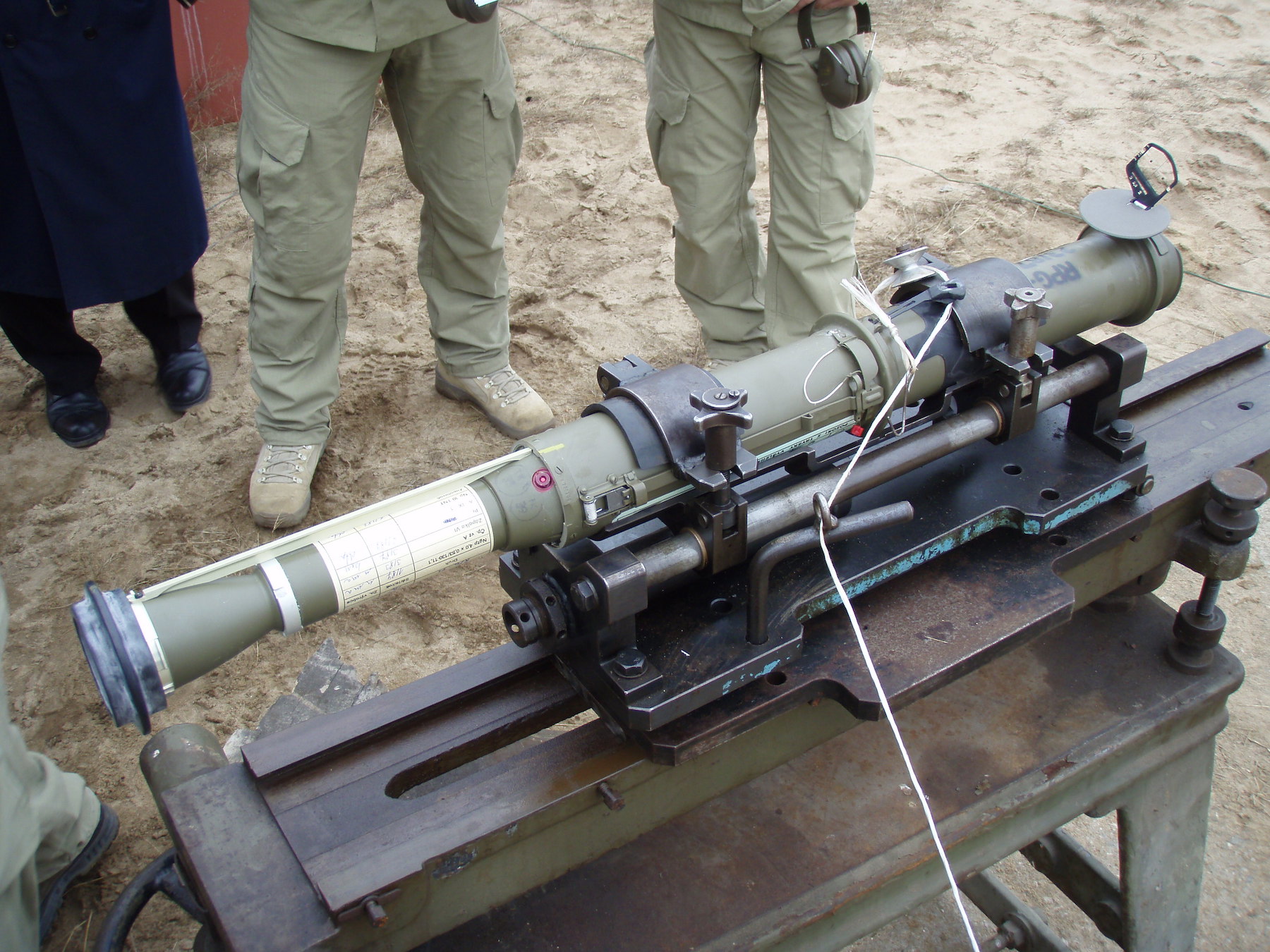
Furthermore, a mobile app is being developed, allowing the users to get acquainted with the procedures involved in the use of the launcher (including field-stripping). This solution is developed primarily with the Territorial Defence Forces in mind so that they can master the weapon in a short time. However, it needs to be said that Grot launcher is also to be broadly employed in the Army, to increase the quantity of anti-tank assets on the battlefield and to “fill in the gaps” between the ATGMs.
The launcher has been designed to act against threats at a distance of up to 300 meters - the sight is to be fitted with tritium light source so that the weapon can be used at night. The projectile is armed 4-12 meters after launch and it is quite resistant to wind influence, thanks to its design and the muzzle velocity of 189 meters per second - much higher than in the case of the RPG-7 system.
Works 11 and ZSP Niewiadów are getting ready to integrate a Polish-made holographic sight on the launcher. This would extend the effective range up to 500 meters. Another option is to install Picatinny rails on the launcher - this would make it possible to use a variety of different sights available on the market, including night-vision sights or sights that are night-vision compatible.
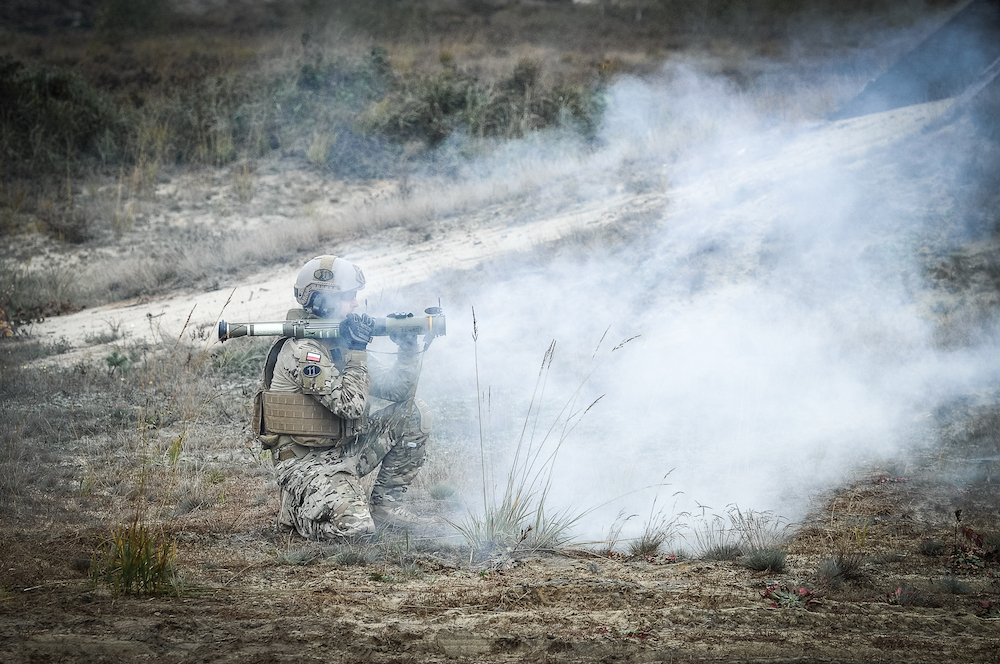
RPG-75 Made in Poland
The integration of sighting solutions is one of the elements of the industrial cooperation programme aimed at establishing RPG-75 production capability in Poland. Grzegorz Niedzielski, head of the Niewiadów-based facility emphasized the fact that the company has already acquired the manufacturing license. We want and we can manufacture this weapon in Poland, in its entirety, and offer it domestically and on the export market. We can also modify these and do this to get the weapon ready to be used with a variety of optics, he noted.
Niedzielski recalls the fact that ZSP Niewiadów also used to manufacture the single-use RPG-76 Komar system. It has been developed and manufactured by the Polish industry. Although many years have gone by, the facility maintains a relevant potential to deliver weapons. This potential may become a subject to further enhancement. Manufacturing the RPG-75 is an opportunity for us to go back to the roots. We may put our know-how and expertise, that remain in possession of our employees, into use, and also pass it on, to the next generations. The grenade launcher design also means that we would need to employ at least several young engineers who would be the foundation of the development of the company in the future, Niedzielski emphasized.
The company based in Niewiadów has already prepared a polonization programme for the weapon in question. This is to be a staged process, due to the necessity to establish manufacturing power. After five years, 100% of the grenade launchers could be manufactured in Poland.
In the early stages, the weapons could be delivered with the use of capacity offered by the Czech partner. Meanwhile, the Niewiadów facility is to host an assembly and test line. According to the assumptions made, after the relevant investment is made, the Polish facility would take over the final assembly stage and tests after 2 years. At the next stage, we would be establishing a domestic supply chain. We have some enterprises in Poland, especially in the east, capable of manufacturing the individual elements of the launcher. Here I am mentioning both private entities, as well as businesses belonging to PGZ, such as Nitro-Chem, Belma or Dezamet, Niedzielski said. Ultimately, the manufacturing independence levels assumed are to be achieved after 5 years. We assume that we would become entirely independent from the external suppliers which is quite important in crisis and during the wartime, Niedzielski noted.
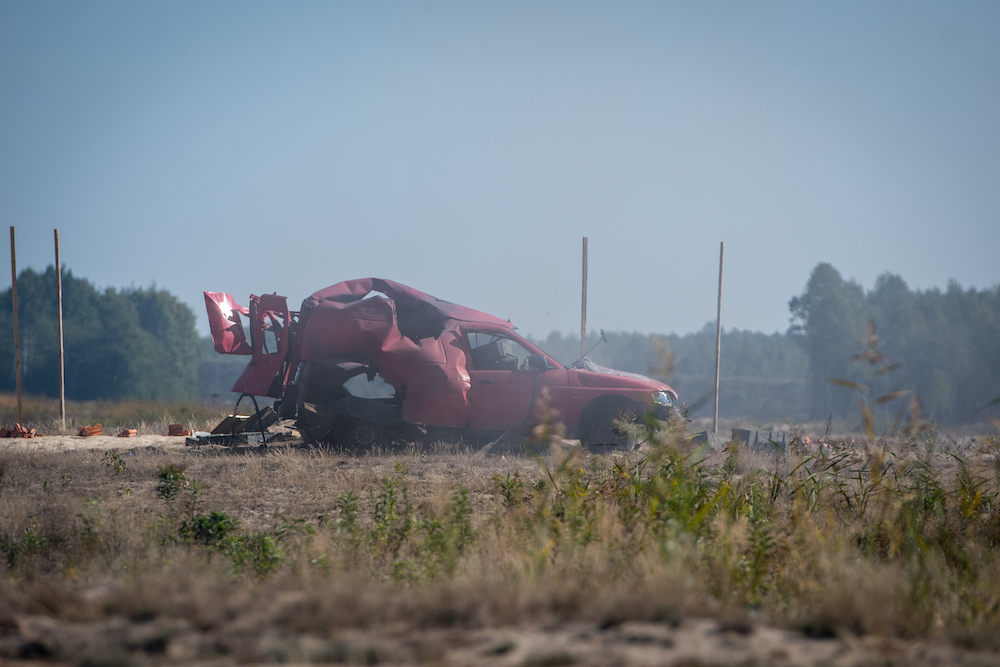
Niedzielski also added that launching of the RPG-75 manufacturing process in Poland (RPG-75 TB, RPG-75 MP) would create an opportunity to start local manufacturing of thermobaric weapons. This type of projectile could be used for anti-tank purposes in grenade launchers, but the tech could also be employed in other weapon systems, such as rocket artillery for instance. Having the license right allows us to launch the manufacturing of thermobaric systems in Poland. This is a major opportunity for the Polish industry, not only within the context of the orders placed by the military but also in the case of exports, he stressed.
The article has been written based on materials provided by the Works 11 Sp. z o.o. company
